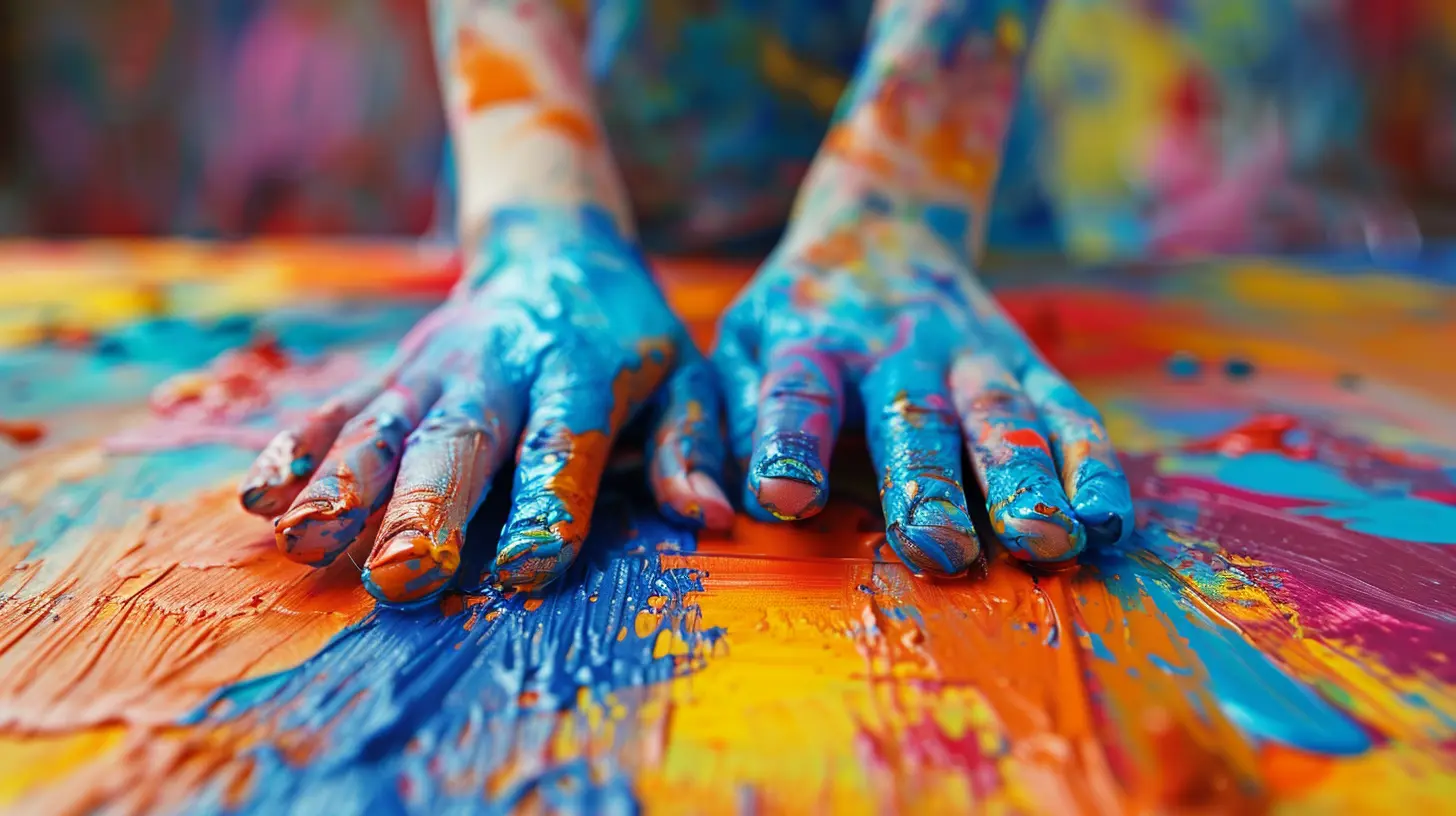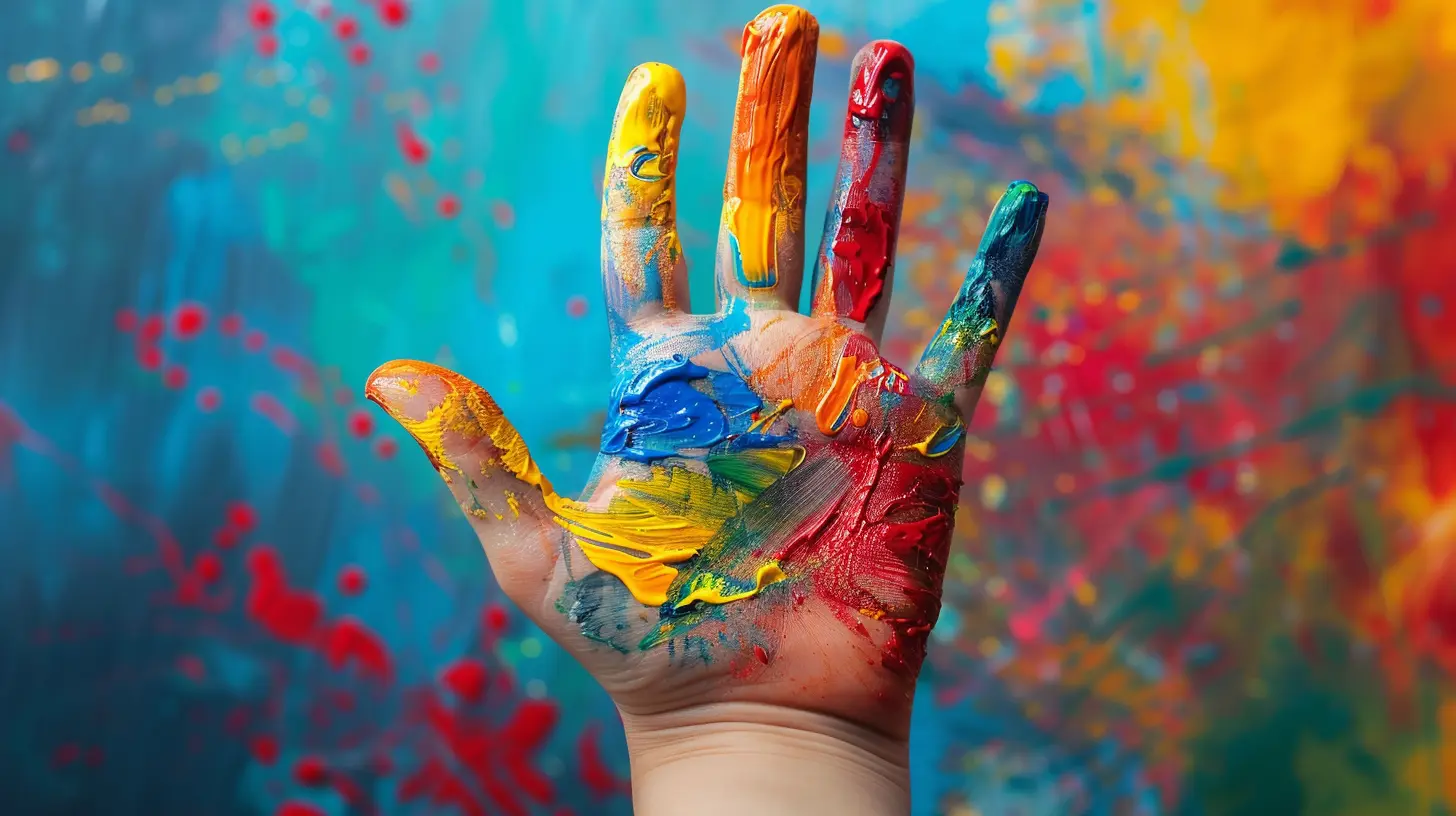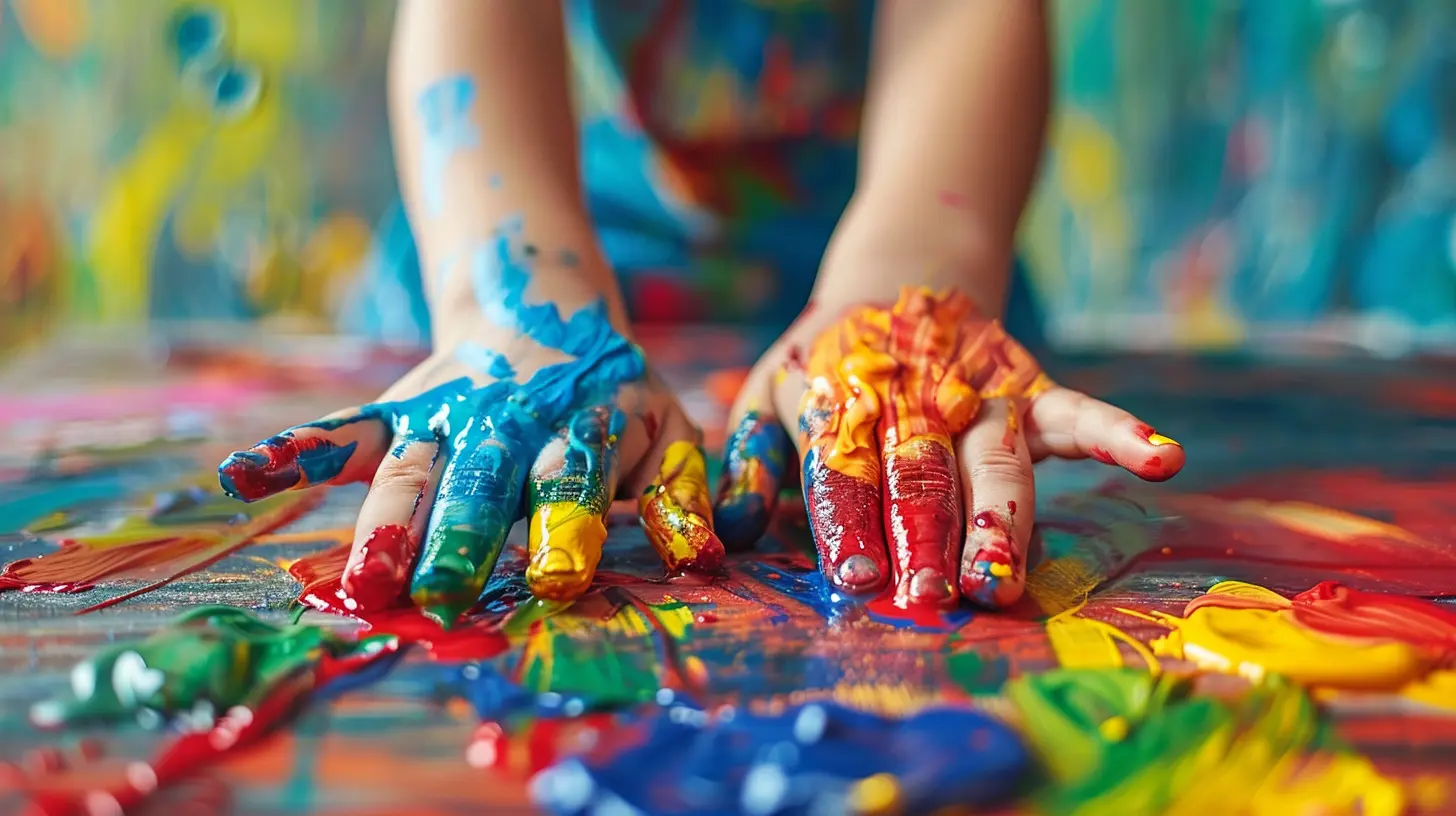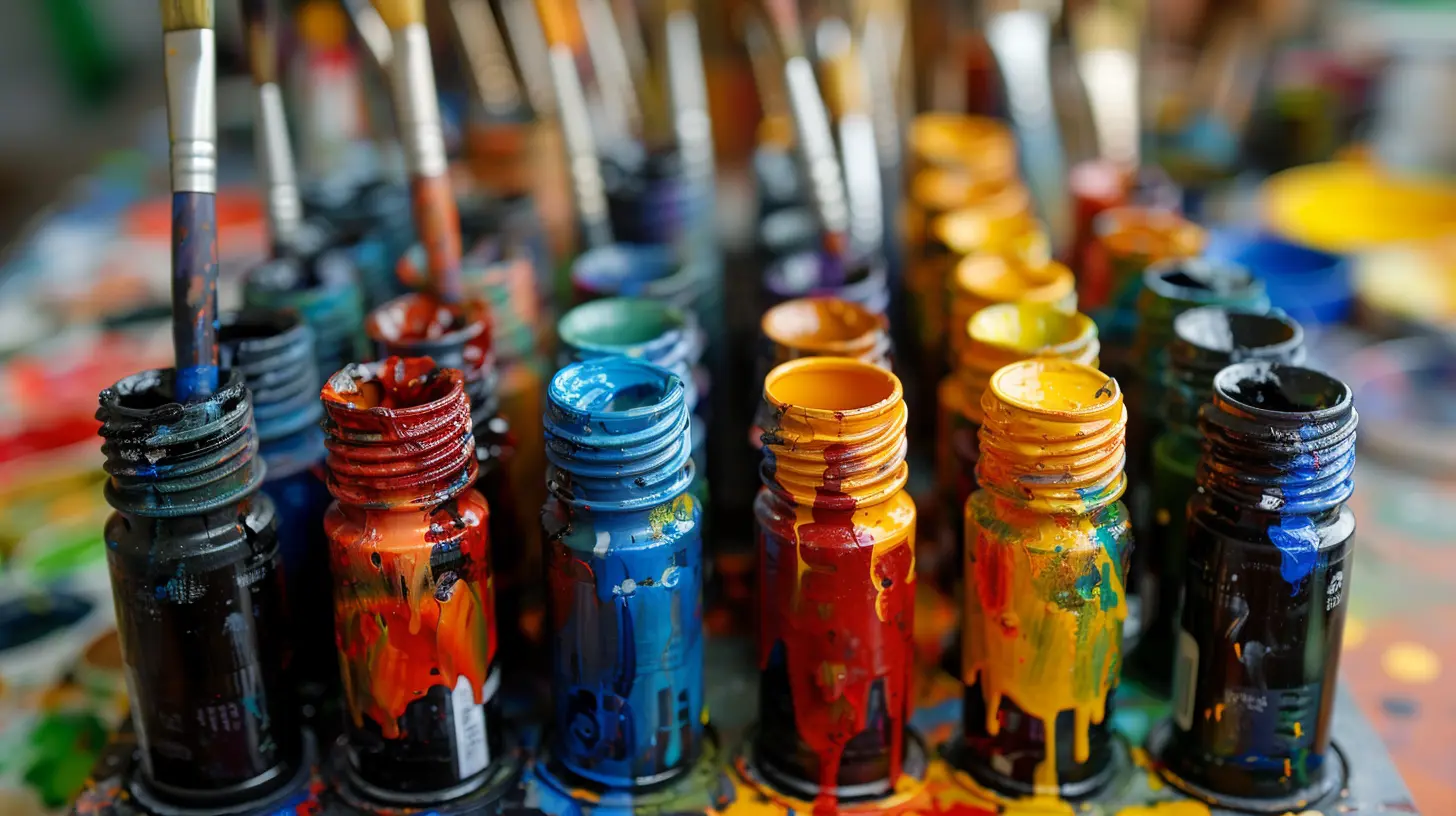Creating Inclusive Art Lessons for Diverse Learners
19 July 2025
Art is a powerful tool for self-expression, imagination, and creativity. But what happens when not all students feel included in art lessons? Every classroom is made up of students with different abilities, backgrounds, and learning styles. When we talk about inclusive education, it's about making sure every student has the opportunity to participate, create, and express themselves fully.
So, how can you create art lessons that engage and inspire all learners? Let's dive into some practical strategies to ensure your art class welcomes everyone—no matter their learning differences, physical abilities, or cultural backgrounds.

Why Inclusion Matters in Art Education
Art isn't just about drawing, painting, or sculpting—it's about telling stories and expressing emotions. But if a student feels left out because of the way a lesson is structured, they may disengage or feel discouraged.An inclusive art class ensures that:
- Every student, regardless of ability, is encouraged to participate.
- Lessons accommodate different learning styles and needs.
- Creativity is nurtured in a supportive and diverse environment.
- Students develop empathy and understanding by exploring diverse perspectives.
With an inclusive mindset, art becomes a universal language that welcomes everyone.

Understanding Diverse Learners
Before designing inclusive art lessons, it's important to recognize the different types of learners in your classroom. Here are some common student needs and how they might impact art participation:1. Students with Physical Disabilities
Some students may have limited mobility, visual impairments, or other physical challenges that make traditional art tools difficult to use.How to Support Them:
- Offer adaptive tools (e.g., grip-friendly brushes, raised-line paper for visually impaired students).
- Provide alternatives (e.g., digital art programs for students with limited hand movement).
- Arrange the classroom for easy accessibility.
2. Students with Neurodiverse Needs (Autism, ADHD, Dyslexia, etc.)
Neurodivergent students may process information differently, struggle with sensory overload, or need more structure.How to Support Them:
- Use clear step-by-step instructions with visuals.
- Offer noise-canceling headphones for students overwhelmed by sensory input.
- Allow choice in materials to accommodate different sensory preferences.
3. English Language Learners (ELLs)
For students still developing their English skills, understanding instructions or participating in discussions may be challenging.How to Support Them:
- Use visual aids and demonstrations instead of text-heavy instructions.
- Pair them with a peer for collaborative projects.
- Encourage storytelling through art rather than relying on written explanations.
4. Students from Diverse Cultural Backgrounds
Every student brings unique experiences, traditions, and perspectives to the classroom.How to Support Them:
- Integrate art projects that celebrate different cultures.
- Encourage students to share personal experiences through their artwork.
- Avoid cultural appropriation by teaching about the origins and significance of artistic traditions.

Inclusive Teaching Strategies for Art Lessons
Once you understand your learners, it's time to put inclusive strategies into action.1. Provide Multiple Means of Engagement
Not every student learns the same way—so why teach art with a one-size-fits-all approach?What You Can Do:
- Offer a variety of materials and mediums (clay, digital art, collage, etc.).
- Allow students to choose how they complete projects.
- Incorporate different teaching methods (verbal, visual, hands-on).
2. Use Open-Ended Projects
Rigid instructions and strict guidelines can limit students who may struggle with fine motor skills or processing information differently.How to Fix This:
- Give prompts that allow for multiple interpretations (e.g., “Create a piece that represents happiness in your own way”).
- Prioritize expression over technique—focus on the message rather than perfection.
- Encourage mixed-media projects to accommodate different strengths.
3. Create a Flexible and Supportive Classroom Environment
Your physical classroom setup can make a big difference in how students participate.Ideas to Try:
- Organize workstations that accommodate mobility challenges.
- Provide alternative seating options (standing desks, floor cushions, etc.).
- Keep an area with calming tools for students who need breaks.
4. Use Visual Supports and Step-by-Step Instructions
Many students, especially those with language barriers or cognitive challenges, benefit from clear, structured guidance.How to Implement This:
- Use illustrated instructions alongside verbal explanations.
- Demonstrate each step before students begin.
- Provide written checklists to help students stay on track.
5. Foster a Judgment-Free Zone
Students should feel safe experimenting and making mistakes without fear of criticism.Encourage a positive environment by:
- Praising effort and creativity rather than just technical skill.
- Teaching that art is subjective—there’s no right or wrong way to create.
- Using peer critiques that focus on encouragement rather than judgment.
6. Incorporate Assistive Technology
Technology can be a game-changer for students with disabilities or different learning preferences.Helpful Tools:
- Digital drawing apps for students with fine motor challenges.
- Speech-to-text programs for students who struggle with writing about their work.
- Subtitled instructional videos for ELL students.

Encouraging Collaboration and Peer Support
Including peer interactions in art lessons can foster a sense of community and help students learn from one another.Group Work with Mixed Abilities
Pairing students with different strengths can encourage teamwork and mutual support.- Assign collaborative projects where each student contributes their strengths.
- Encourage peer teaching, where students help each other with techniques.
- Promote discussions about different artistic interpretations.
Art Shows and Celebrations
Showcasing student work builds confidence and allows for cultural exchange.Ideas:
- Host an inclusive art exhibition where all students’ work is displayed.
- Create a class mural representing the diverse perspectives of students.
- Allow students to explain the meaning behind their artwork to foster understanding.
Common Challenges and How to Overcome Them
Despite best efforts, teachers may face challenges when trying to make art lessons inclusive. Here’s how to tackle some common obstacles:| Challenge | Solution |
|--------------|-------------|
| Limited resources for adaptive materials | Use budget-friendly alternatives like DIY adaptive tools or seek community donations. |
| Resistance to change from traditional teaching methods | Educate parents and administrators on the benefits of inclusive art education. |
| Time constraints for individualized instruction | Use station-based activities where students work at their own pace. |
| Lack of teacher training in special education | Seek professional development workshops or collaborate with special education staff. |
Final Thoughts
Creating inclusive art lessons doesn’t mean lowering your expectations—it means expanding them. By making adjustments to accommodate diverse learners, you open the doors for all students to experience the joy and creativity of art.At the end of the day, art is about self-expression. When we make space for every voice to be heard, we create a richer, more vibrant classroom—and a more empathetic world.
all images in this post were generated using AI tools
Category:
Art EducationAuthor:

Olivia Chapman
Discussion
rate this article
1 comments
Lyanna McMichael
This article offers valuable strategies for crafting inclusive art lessons, ensuring that diverse learners engage meaningfully. By integrating varied perspectives and adaptive techniques, educators can foster creativity and belonging in the classroom.
July 28, 2025 at 3:29 AM

Olivia Chapman
Thank you for your insightful feedback! I'm glad you found the strategies helpful in promoting inclusivity and creativity in art education.


